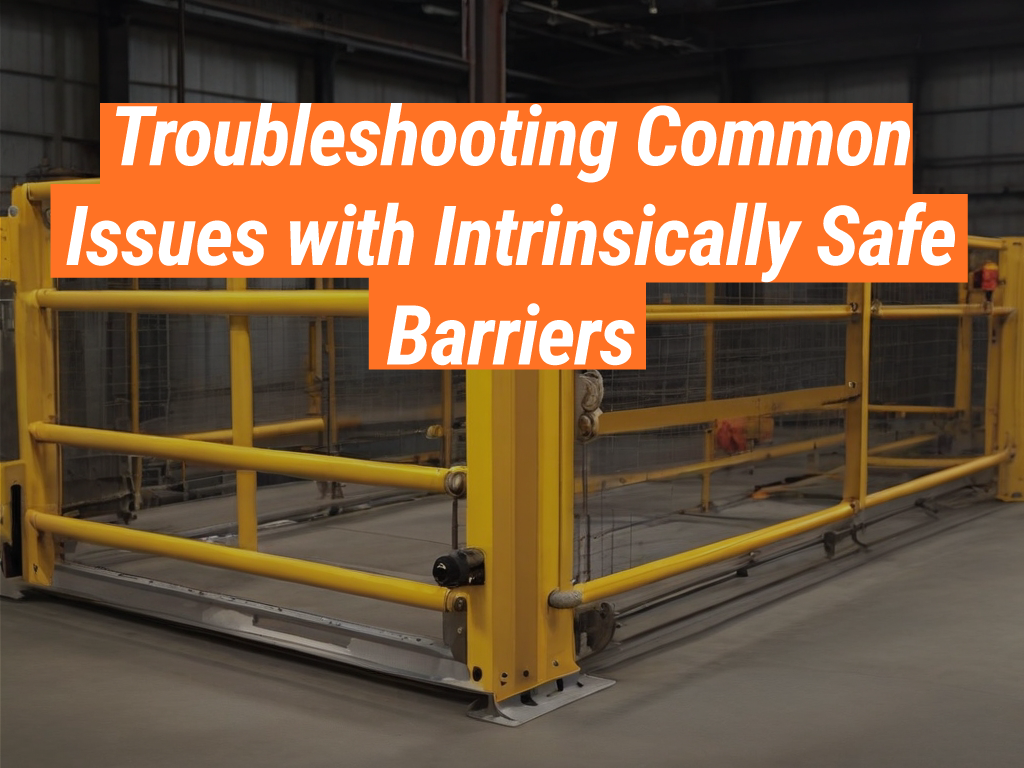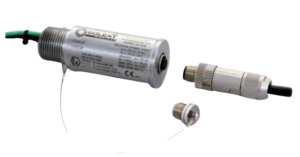When it comes to ensuring safety in hazardous environments, Intrinsically Safe Barriers play a crucial role. These devices, available at the Intrinsically Safe Store, are designed to limit the energy available for ignition in potentially explosive atmospheres. However, like any other electronic device, they can encounter issues that require troubleshooting. This article will delve into some of the common problems with Intrinsically Safe Barriers and how to resolve them. Visit the Intrinsically Safe Store to explore a wide range of safety equipment.
Understanding Intrinsically Safe Barriers
Intrinsically Safe Barriers are devices that limit the energy (electrical and thermal) that could ignite a hazardous area. They are used in conjunction with intrinsically safe equipment to ensure a safe operating environment.
Common Issues with Intrinsically Safe Barriers
Despite their robust design and functionality, Intrinsically Safe Barriers can encounter issues. Here are some common problems:
- Incorrect Installation
- Wiring Errors
- Component Failure
- Insufficient Grounding
Incorrect Installation
One of the most common issues with Intrinsically Safe Barriers is incorrect installation. This can lead to a variety of problems, including poor performance and potential safety risks.
Wiring Errors
Another common issue is wiring errors. Incorrect wiring can lead to malfunctions and can even pose a risk of ignition in hazardous environments.
Component Failure
Component failure is another issue that can affect the performance of Intrinsically Safe Barriers. This can be due to a variety of factors, including wear and tear, environmental conditions, and manufacturing defects.
Insufficient Grounding
Insufficient grounding is a serious issue that can affect the safety and performance of Intrinsically Safe Barriers. Without proper grounding, these devices can become a potential ignition source in hazardous environments.
Troubleshooting Intrinsically Safe Barriers
When encountering issues with Intrinsically Safe Barriers, it’s important to follow a systematic troubleshooting process. Here are some steps to consider:
- Check the Installation
- Inspect the Wiring
- Test the Components
- Verify the Grounding
Check the Installation
Ensure that the Intrinsically Safe Barrier is installed correctly. Refer to the manufacturer’s instructions for guidance.
Inspect the Wiring
Check the wiring for any errors or damage. Make sure all connections are secure and correctly configured.
Test the Components
Test the components of the Intrinsically Safe Barrier to identify any failures. Replace any faulty components as necessary.
Verify the Grounding
Ensure that the Intrinsically Safe Barrier is properly grounded. This is crucial for the safety and performance of the device.
Intrinsically Safe Barriers are essential for maintaining safety in hazardous environments. However, they can encounter issues that require troubleshooting. By understanding these common problems and how to resolve them, you can ensure the optimal performance and safety of these devices. For more information and assistance, contact us at the Intrinsically Safe Store.



